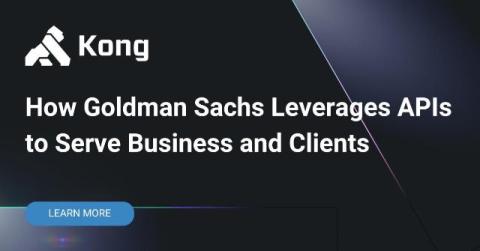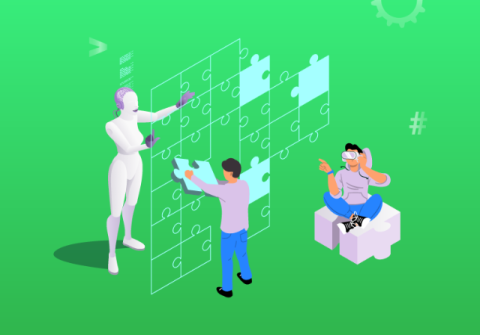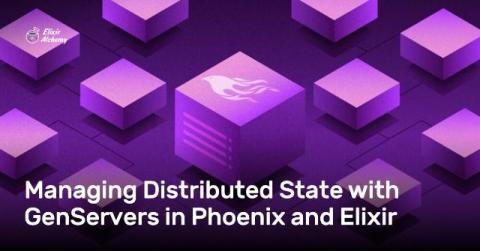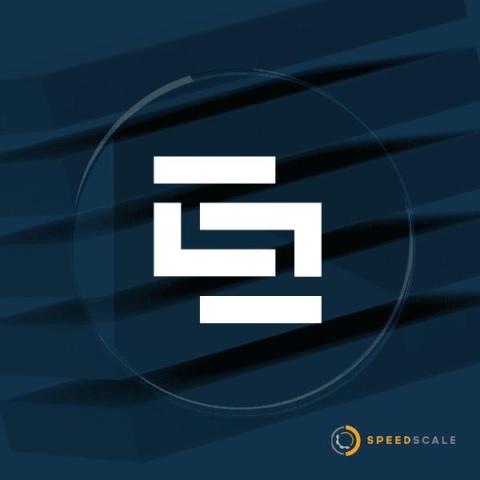Responsible AI Through Crowdsourced Software Testing
Part 1 of this two-part blog serves as the foundation, highlighting the critical role that quality engineering (QE) must play in addressing the business risks associated with the accelerating adoption of artificial intelligence or AI-powered software.











